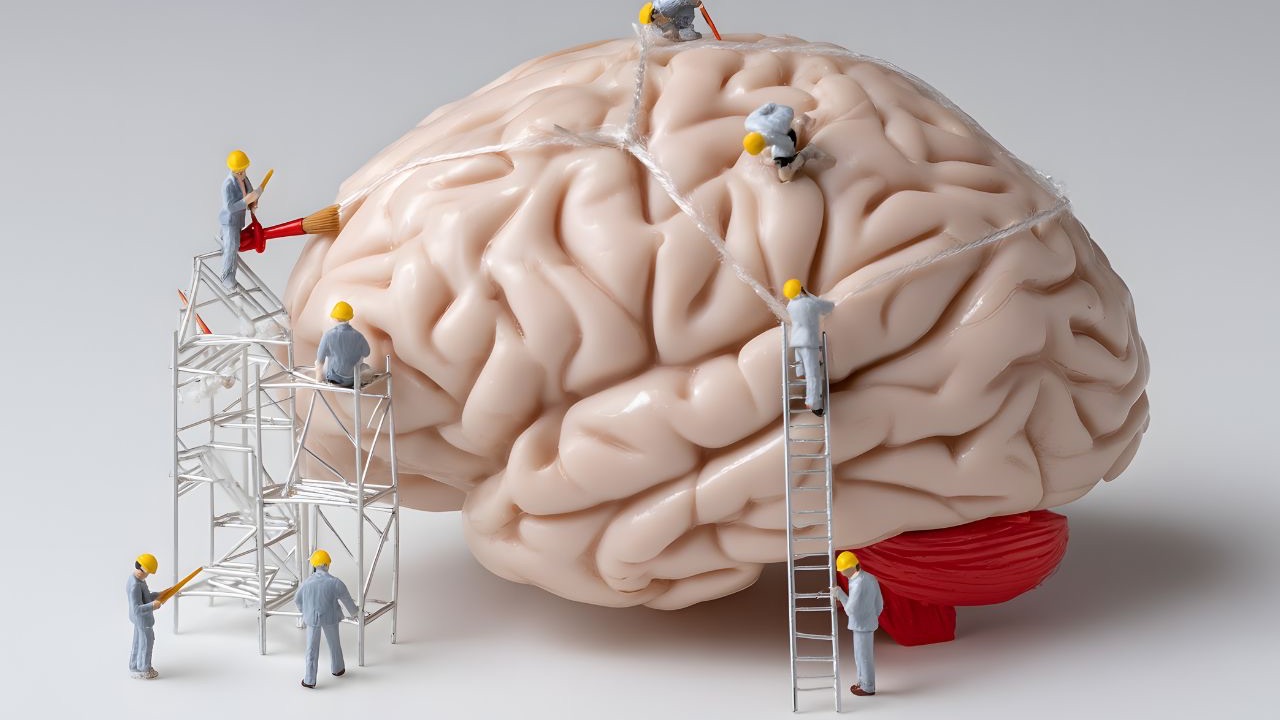A Balanced Approach To The Ideal Self vs Ought Self

![]() March 8, 2023
March 8, 2023
Humans have a natural desire to grow and develop, to become their best selves. This drive to improve is often accompanied by two distinct motivations: the ideal self and the ought self. The ideal self represents who we want to be, while the ought self represents who we believe we should be. These motivations can have a powerful impact on our behavior, and understanding them is important for personal growth and well-being.
The Ideal Self
The ideal self is the person we aspire to be, the best version of ourselves. It is the image we hold of the person we would like to become, our goals and dreams. The ideal self is a powerful motivational force, driving us to grow and develop, to strive for excellence.
Research has shown that the ideal self can have a powerful impact on behavior. In one study, participants who were encouraged to focus on their ideal selves were more likely to engage in healthy behaviors, such as eating a healthy diet and exercising regularly (Kiviniemi et al., 2011). Another study found that focusing on the ideal self can increase motivation and persistence in pursuing goals (Oyserman et al., 2006).
Neuroscience research has shown that the ideal self is associated with activity in the prefrontal cortex, a brain region important for planning and goal-setting. One study found that activity in the prefrontal cortex was higher when participants were imagining their ideal selves compared to their current selves (Northoff et al., 2006). This suggests that the ideal self is an important motivator for personal growth and development.
The Ought Self
The ought self is the person we believe we should be, the person we feel obligated to become. It is the image we hold of the person we ought to be, the expectations and responsibilities we feel we must meet. The ought self can be a powerful motivator, driving us to meet expectations and fulfill obligations.
Research has shown that the ought self can also have a negative impact on behavior. When people feel that they are not living up to their obligations and expectations, they can experience negative emotions such as guilt and shame. In some cases, these negative emotions can lead to behavior that is counterproductive, such as avoidance or procrastination (Carver & Scheier, 1998).
Balancing the Ideal Self and Ought Self
While the ideal self and ought self can have different impacts on behavior, both are important for personal growth and well-being. The ideal self represents our aspirations and dreams, while the ought self represents our obligations and responsibilities. Balancing these two motivations can help us achieve our goals and meet our responsibilities without feeling overwhelmed or stressed.
Research has shown that focusing on both the ideal self and ought self can be beneficial for behavior. In one study, participants who were encouraged to focus on both their ideal and ought selves were more likely to engage in healthy behaviors such as exercising and eating a healthy diet (Kiviniemi et al., 2011).
Neuroscience research has shown that balancing the ideal self and ought self is associated with activity in the ventromedial prefrontal cortex, a brain region important for decision-making and goal-setting. One study found that activity in the ventromedial prefrontal cortex was higher when participants were considering both their ideal and ought selves compared to either motivation alone (Northoff et al., 2006). This suggests that balancing the ideal self and ought self is important for making decisions and achieving goals.
Personal Growth and Well-Being
Understanding and balancing the ideal self and ought self is important for personal growth and well-being. The ideal self represents our aspirations and dreams, while the ought self represents our obligations and responsibilities. Focusing on both motivations can help us achieve our goals and meet our responsibilities without feeling overwhelmed or stressed.
Research has shown that a focus on personal growth and development is associated with a range of positive outcomes, including increased well-being and life satisfaction. In one study, participants who were encouraged to focus on personal growth reported greater life satisfaction and happiness (King & Hicks, 2007).
Neuroscience research has shown that personal growth and development is associated with activity in the prefrontal cortex, a brain region important for planning and goal-setting. One study found that activity in the prefrontal cortex was higher in individuals who were focused on personal growth compared to those who were not (Kroger et al., 2013). This suggests that personal growth and development is an important motivator for brain function and well-being.
Conclusion
The ideal self and ought self are two distinct motivations that can have a powerful impact on behavior. The ideal self represents who we aspire to be, while the ought self represents who we believe we should be. Balancing these two motivations is important for personal growth and well-being.
Research has shown that focusing on both the ideal self and ought self can be beneficial for behavior and well-being. Personal growth and development is associated with increased well-being and life satisfaction, while meeting obligations and responsibilities is important for maintaining social relationships and meeting goals.
Neuroscience research has shown that the ideal self is associated with activity in the prefrontal cortex, while the ought self is associated with activity in the amygdala. Balancing the ideal self and ought self is associated with activity in the ventromedial prefrontal cortex, a brain region important for decision-making and goal-setting.
In conclusion, understanding and balancing the ideal self and ought self is important for personal growth and well-being. By focusing on personal growth and development while also meeting obligations and responsibilities, individuals can achieve their goals and experience greater well-being and life satisfaction.





